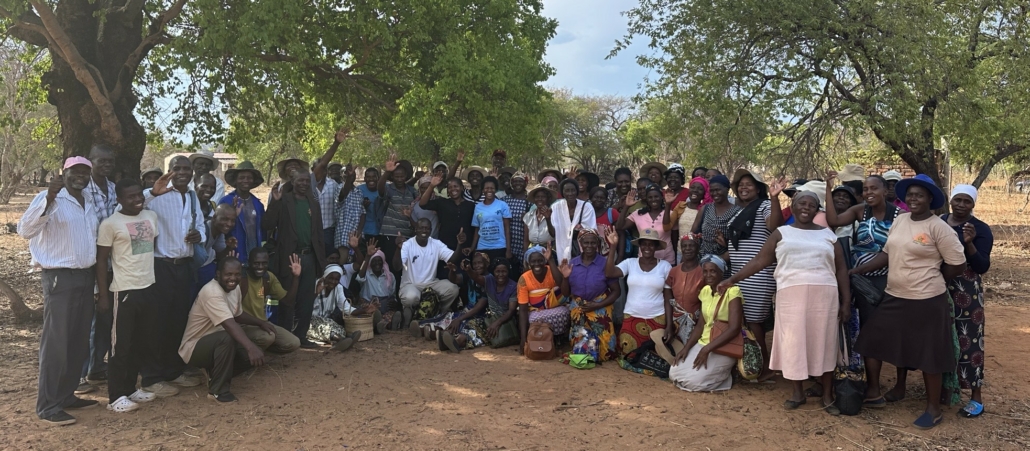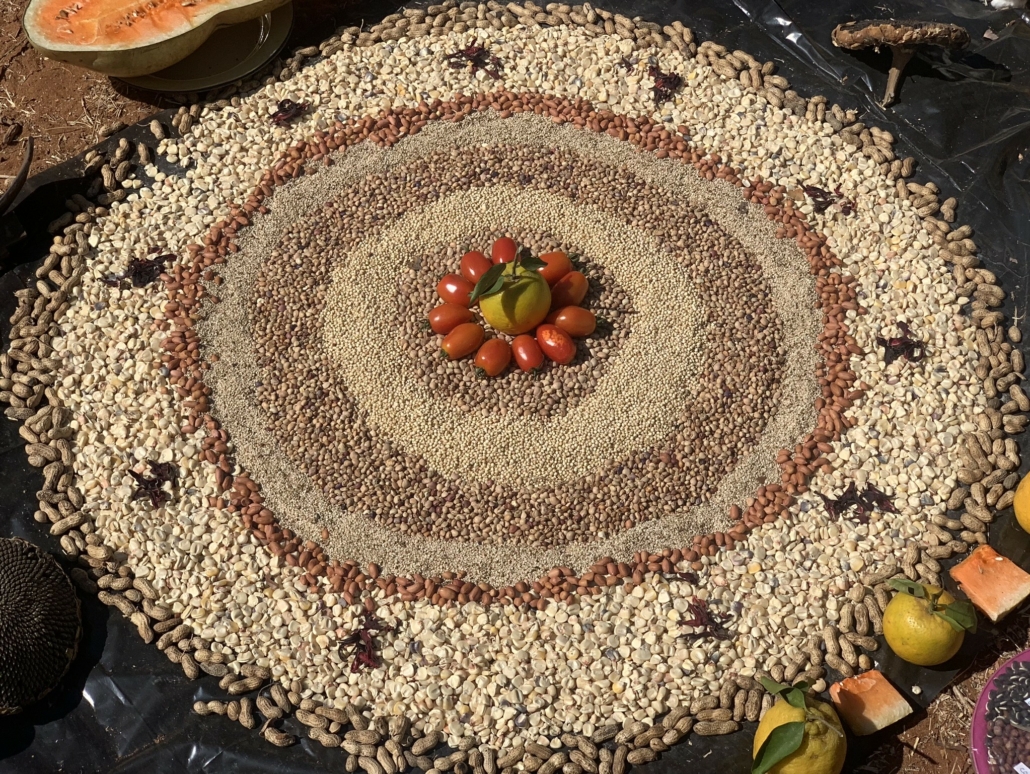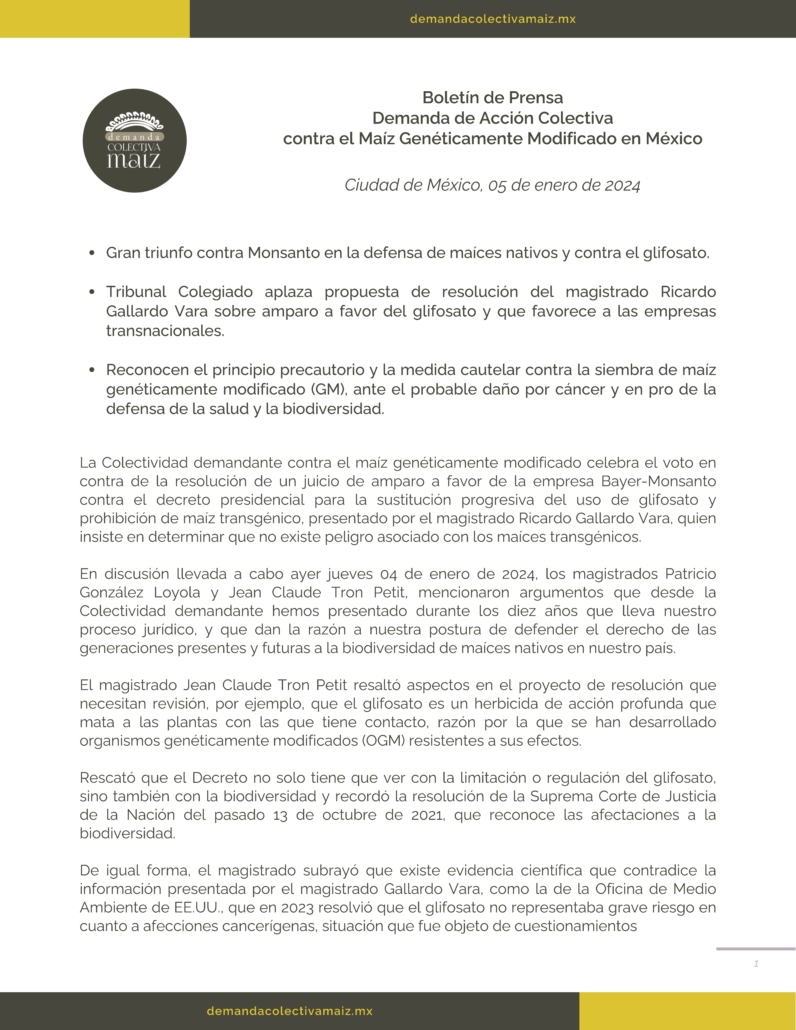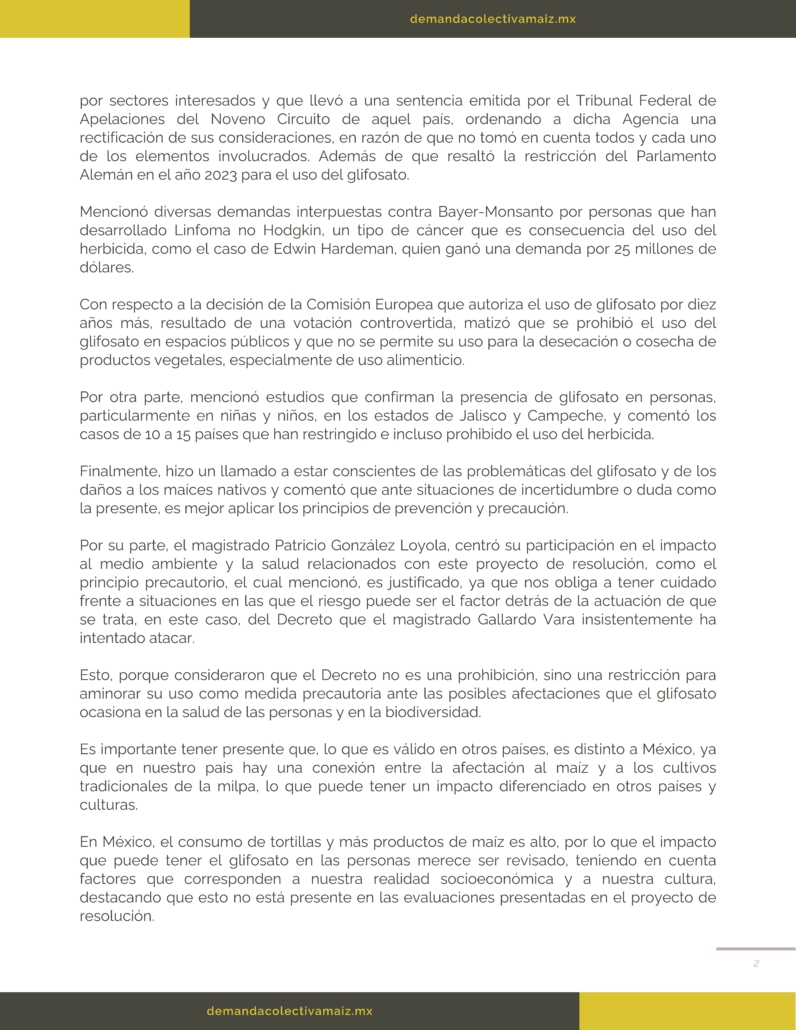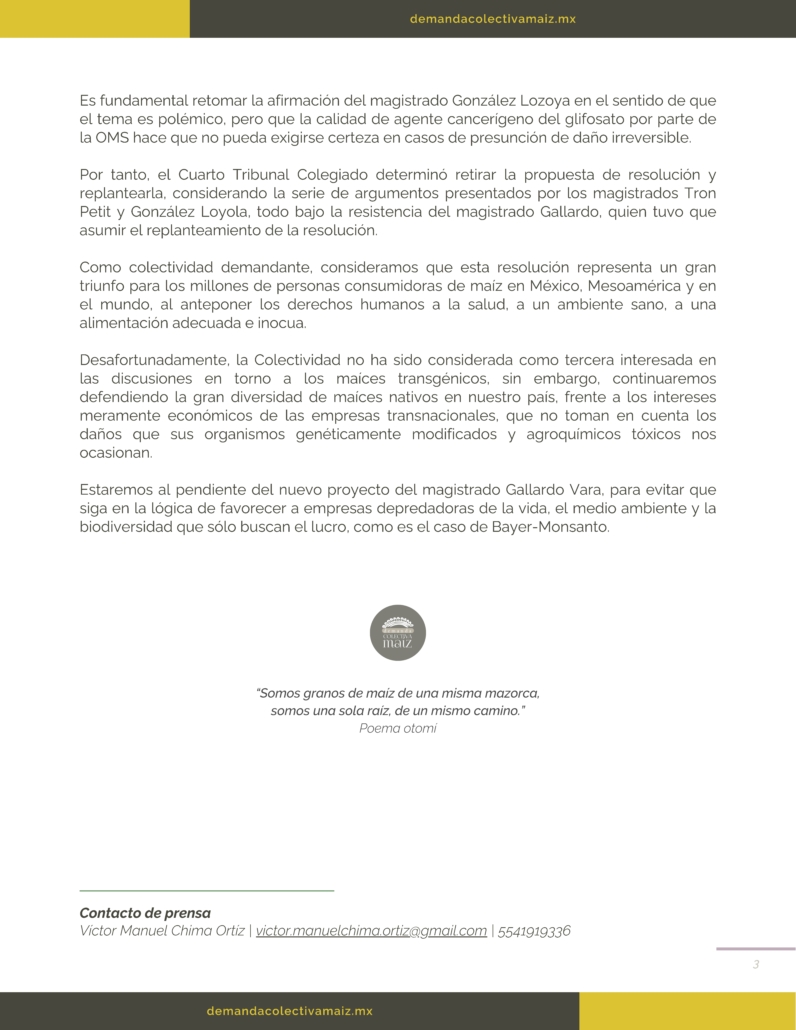Press Release – Class Action Lawsuit Against Genetically Modified Corn in Mexico
- Great triumph against Monsanto in the defense of native corn, and against glyphosate.
- Collegiate Court postpones the proposed resolution of the magistrate Ricardo Gallardo Vara on the injunction in favor of glyphosate and that favors transnational companies.
- They recognize the precautionary principle and the precautionary measure against the planting of genetically modified (GM) corn, in view of the probable damage caused by cancer and in favor of the defense of health and biodiversity.
The Collective plaintiff against genetically modified corn celebrates the vote against the resolution of an injunction trial in favor of the Bayer-Monsanto company against the presidential decree for the progressive substitution of the use of glyphosate and prohibition of transgenic corn, presented by the magistrate Ricardo Gallardo Vara, who insists on determining that there is no danger associated with transgenic corn.
In a discussion held yesterday, Thursday, January 4, 2024, magistrates Patricio González Loyola and Jean Claude Tron Petit, mentioned arguments that the plaintiff Collective has presented during the ten years of our legal process, and that support our position of defending the right of present and future generations to the biodiversity of native corn in our country.
Judge Jean Claude Tron Petit highlighted aspects in the draft resolution that need revision, for example, that glyphosate is a deep-acting herbicide that kills the plants with which it comes into contact, which is why genetically modified organisms (GMOs) have been developed that are resistant to its effects.
He highlighted that the Decree not only has to do with the limitation or regulation of glyphosate, but also with biodiversity and highlighted the resolution of the Supreme Court of Justice of the Nation of October 13, 2021, which recognizes the effects on biodiversity.
Likewise, the magistrate emphasized that there is scientific evidence that contradicts the information presented by Magistrate Gallardo Vara, such as that of the U.S. Environmental Office, which in 2023 resolved that glyphosate did not represent a serious risk in terms of carcinogenic effects, which in 2023 resolved that glyphosate did not represent a serious risk in terms of carcinogenic affections, a situation that was questioned by interested sectors and which led to a sentence issued by the Federal Court of Appeals of the Ninth Circuit of that country, ordering said Agency to rectify its considerations, since it did not take into account each and every one of the elements involved. He also highlighted the restriction of the German Parliament in the year 2023 for the use of glyphosate.
He mentioned several lawsuits filed against Bayer-Monsanto by people who have developed non-Hodgkin’s lymphoma, a type of cancer that is a consequence of the use of the herbicide, such as the case of Edwin Hardeman, who won a lawsuit for 25 million dollars.
With respect to the decision of the European Commission authorizing the use of glyphosate for ten more years, the result of a controversial vote, he clarified that the use of glyphosate in public spaces was prohibited and that its use is not allowed for the drying or harvesting of vegetable products, especially for food use.
On the other hand, he mentioned studies that confirm the presence of glyphosate in people, particularly in children, in the states of Jalisco and Campeche, and commented on the cases of 10 to 15 countries that have restricted and even banned the use of the herbicide.
Finally, he made a call to be aware of the problems of glyphosate and the damage to native corn and commented that in situations of uncertainty or doubt such as the present one, it is better to apply the principles of prevention and precaution.
Judge Patricio González Loyola, focused his participation on the impact on the environment and health related to this draft resolution, such as the precautionary principle, which he mentioned, is justified, since it forces us to be careful in situations in which the risk may be the factor behind the action in question, in this case, the Decree that Judge Gallardo Vara has insistently tried to attack.
This, because they considered that the Decree is not a prohibition, but a restriction to reduce its use as a precautionary measure in view of the possible effects that glyphosate causes on people’s health and biodiversity.
It is important to have in mind that what is valid in other countries is different from Mexico, since in our country there is a connection between the effects on corn and traditional cornfield crops, which may have a different impact in other countries and cultures.
In Mexico, the consumption of tortillas and other corn products is high, so the impact that glyphosate may have on people deserves to be investigated, taking into account factors that correspond to our socioeconomic reality and our culture, highlighting that this is not present in the evaluations presented in the draft resolution.
It is essential to take up again the statement of Judge González Lozoya in the sense that the issue is controversial, but that the carcinogenic quality of glyphosate by the WHO means that certainty cannot be demanded in cases of presumption of irreversible damage.
Therefore, the Fourth Collegiate Court decided to withdraw the proposed resolution and reconsider it, considering the series of arguments presented by Justices Tron Petit and Gonzalez Loyola, all under the resistance of Justice Gallardo, who had to assume the reconsideration of the resolution.
As the plaintiff collective, we consider that this resolution represents a great triumph for the millions of corn consumers in Mexico, Mesoamerica and the world, by placing the human rights to health, to a healthy environment, to adequate and safe food above all else.
Unfortunately, the Collective has not been considered as a third party interested in the discussions on transgenic maize, however, we will continue to defend the great diversity of native maize in our country, against the purely economic interests of transnational companies, which do not take into account the damage that their genetically modified organisms and toxic agrochemicals cause us.
We will be watching the new project of the magistrate Gallardo Vara, to prevent him from continuing with the logic of favoring companies that are predators of life, the environment and biodiversity and that only seek profit, as is the case of Bayer-Monsanto.
Official press release (in Spanish)
“We are grains of corn from the same ear, we are one root, from the same path.” Otomi poem

